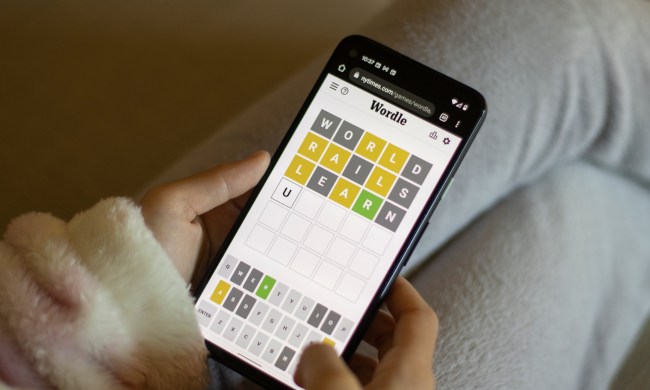Fans of tactical RPGs are experiencing somewhat of a resurgence in the genre. Between upcoming games like Mario + Rabbids: Sparks of Hope and the newer Fire Emblem games, the barrier to entry is as wide as it’s ever been. With DioField Chronicle, many were initially hoping Square Enix would have gone back to the game that essentially kicked off the tactics genre with a new Final Fantasy Tactics game, but this new IP does enough differently to warrant a new branding.
Because this is a new take on a tactics game, and with the genre ranging from approachable to extremely punishing, many players might be interested in DioField Chronicle but not know what they’re in for. The mechanics here are quite deep, and try as it might, the game itself can’t quite give you all the tools you need to master it. To make sure you have the best experience in this tactical RPG, as a long-time player of the genre or not, here are seven tips and tricks to help you get started in DioField Chronicle.
See more
- The best RPGs for PS5
- The best games like Final Fantasy
- Crisis Core: Final Fantasy 7 Reunion release date, trailers, gameplay, and more
Choose your difficulty

Choosing your difficulty in a game is probably the most important decision to make in a tactics game. Too easy, and the game isn’t any fun, but too hard, and you can end up in an unwinnable situation hours into the game and have to restart the entire game. Usually, it’s impossible to tell which will be best for you based on the names, but DioField Chronicle makes it a bit easier to understand what you’re actually changing from one setting to the next.
The three difficulty options for you to pick between are Casual, Normal, and Hard. The only thing that changes from one to the other is how much damage your characters take from enemies. That means it will never be harder to take down the opposition, only how easy it will be for them to take you down. You will always earn the same amount of experience, SP, AP, and rewards.
If Normal difficulty has you take, well, normal amounts of damage, then going to Casual will see you take around 50% less, and upping it to Hard will make you take about 50% more than normal. That being said, if you are a fan of tactics games in general and know what you’re doing, Hard is a good way to go.
Starting out on Hard or Normal isn’t a hard commitment either, since you are able to change the difficulty at any time you’re playing, so long as you’re not currently in a battle. To do so, simply go into the Options menu, and the very first option you will see is to alter the difficulty level.
Basics of combat
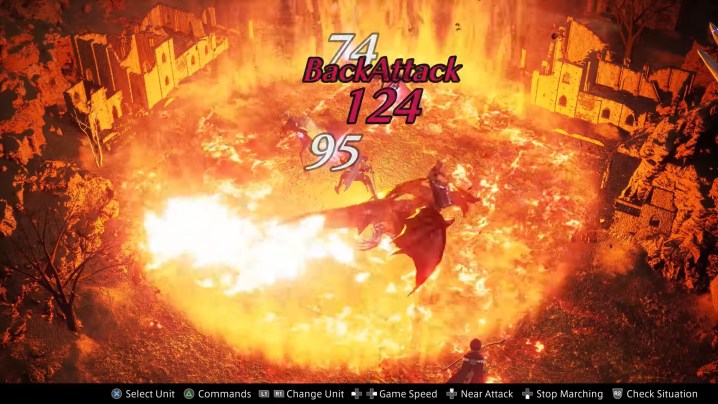
Despite being one genre, tactics games can play wildly differently. In the case of DioField Chronicle, the game combines real-time strategy elements with the ability to pause time to select specific actions. On the basic level, you will select different units and direct them to different positions on the field, either as a straight line or by creating paths. You can also select all your units at once and direct them all to a single location.
You can see when an enemy will notice your units based on their detection range, which is represented by a faint circle around them. Once a unit enters that ring, the enemy will engage. Some units can attack from range and instead have a cone rather than a ring for detection, which can be thought of as an overwatch from games like XCOM.
The most essential tip for combat is to always try and get an ambush. You can trigger this by attacking an enemy from behind, which will deal far more damage than a normal attack. If you can get units on either side of an enemy before alerting them, you can even trigger two ambushes by having one side get the first ambush, turning the unit around to face them, and then attacking from the other side.
Make sure you always revive your allies as well by sending another character to them to bring them back up. Later, you will get Renewal Potions to bring them back up, but early on, you will have to do it manually. Battles can be tough enough without you having your squad at full strength.
Finally, make use of status effects as much as you can, specifically Freeze and Stun. These two both render the target unable to act, with the former lasting for eight seconds and the latter for three. While that may not seem like a lot of time, it can be more than enough to prevent them from hitting you with a powerful move long enough to either get away or outright eliminate them before they can hit you.
How upgrades work
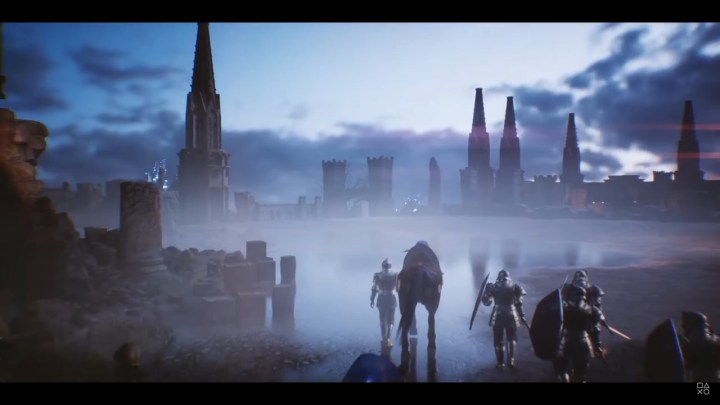
Every class has its own skill tree with various skills on it. These all have different uses, though some are certainly more useful than others. As you earn Ability Points (AP), don’t feel the need to instantly spend them. The best skills, as is usually the case in RPGs, come later and cost more AP than earlier ones, so having a nice stock ready to get them is much smarter than grabbing a skill you may not use that much right away.
Skills work differently than abilities. These moves are tied to weapons, with each one having its own skill or set of skills attached. These skills can only be used by a character currently using that weapon, which can make a numerically weaker weapon still valuable if it has some strong skills. Of course, these skills can also be leveled up with Skill Points (SP).
Unlike abilities, you can at least try out skills in battle before investing in them by simply using the weapon and deciding if you want to spend more SP on it to improve them. You should always be careful with spending SP as well, but you can refund spent SP, although it does cost a large amount of gold.
Don’t be afraid to retry
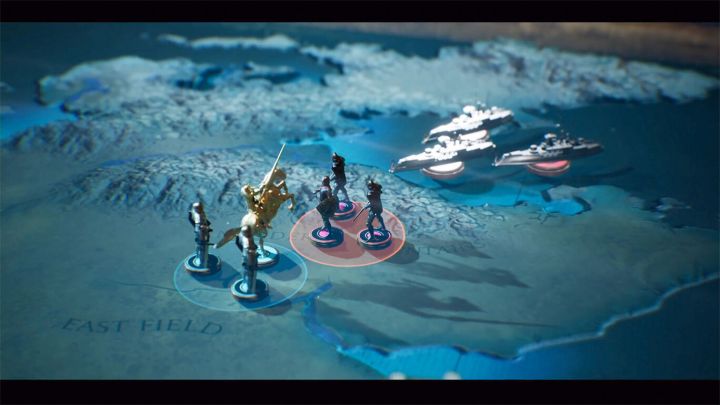
Sometimes even the best-laid plans can go awry. The best way to learn a mission is to actually play it, but even if you win, you can often find yourself wishing you could go back and do it better to earn more rewards or grab a treasure you missed. Thankfully, you are free to do so at any time.
Not long into the first chapter, you will be introduced to training battles. These are filled with battles that you have already completed, with each one you win going forward getting added. By accessing them, you get another shot at earning any missed rewards on a given mission without having to revert to a previous save. Do know that you can only earn a majority of mission rewards once, but you still get extra gold and experience points every time you do a mission again, making it a great spot to grind levels or cash as well.
If you know that a mission is going sideways before it ends and would rather just start it over before an inevitable defeat, you can also take advantage of the Battle Log. This feature lets you rewind to any of the checkpoints you hit during that mission. By accessing the Battle status overview menu, you can examine all the checkpoints for that battle you can revert back. Checkpoints typically trigger every time new enemy units show up.
Be frugal with your gold
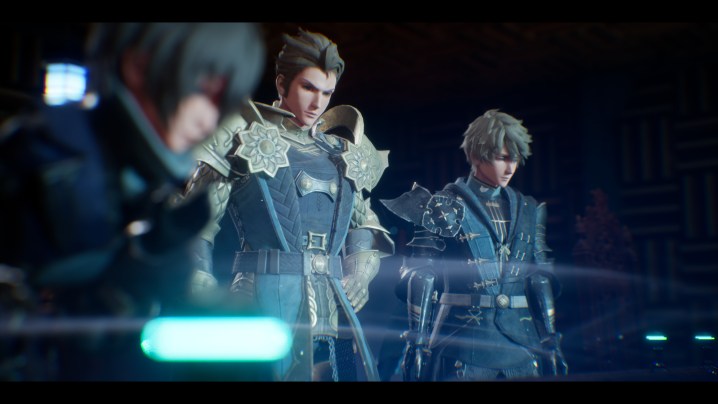
Gold is a highly valuable resource in DioField Chronicle. You’re going to be using it to buy weapons, accessories, upgrades, materials, and more. Aside from having so much to spend on, gold isn’t the most abundant thing, so being careful when and where you spend it is vital. Don’t expect to be able to outfit all of your units with the best equipment at all times, especially in the early chapters of the game.
The best way to budget is to prioritize buying equipment that makes up for your character’s inherent weaknesses, such as armor for characters with naturally low defense or better weapons for your primary attackers. It is also important to differentiate between your primary and secondary characters in a unit. The primary character is the one whose stats actually matter when determining the unit’s base stats, not any of the secondary ones. That means there’s no point in kitting out a secondary unit with good gear when you can prioritize your main character to buff the entire unit.
Chill out between missions
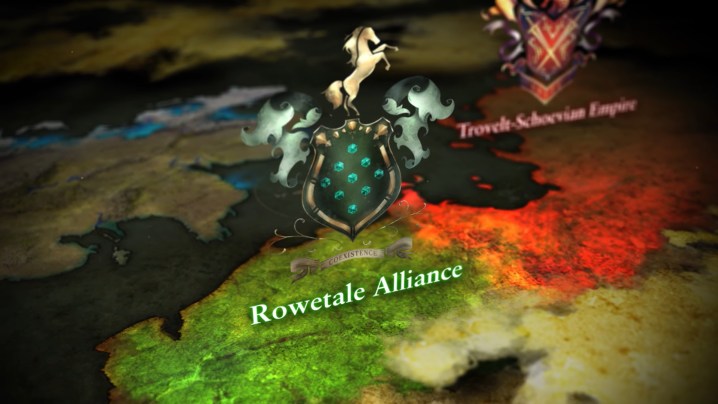
There’s plenty you can do between combat missions in DioField Chronicle, and you absolutely should engage in it. Some of it is just for your own intrinsic value, while others give some good rewards you could easily miss out on.
First, if you’re into the deep and complex story of this massive conflict, the library will be your best friend. This massive tomb of knowledge breaks down all aspects of the conflict you’re playing through on such a detailed level you might mistake it for actual history (only far more entertaining). You can also get character backgrounds that are never otherwise presented during the game.
On the other hand, running around your base and chatting with all your characters is an easy way to earn some rewards. Any character with a green bubble above them can be interacted with for some gold and even boost your badge ranks. Badge ranks, when earned, are passive buffs that permanently apply to all of your troops, making them a no-brainer to spend the time getting before jumping into your next combat mission.
Get new soldiers through side quests

Last up, get yourself some new recruits by completing side quests. You wouldn’t know this by simply looking at the listed rewards for any of these optional missions, which is odd, but some of them will give you a new character to add to your roster. The only way to get a clue as to whether or not a side quest will result in a new party member is to pay attention to the quest giver’s explanation of the mission. If they happen to name-drop a character, there’s a good chance they will end up joining you if you complete it.
It can be easy to simply ignore most side quests based on the advertised rewards, but they’re more than worth a second look if you can bolster your ranks for just a little effort.

